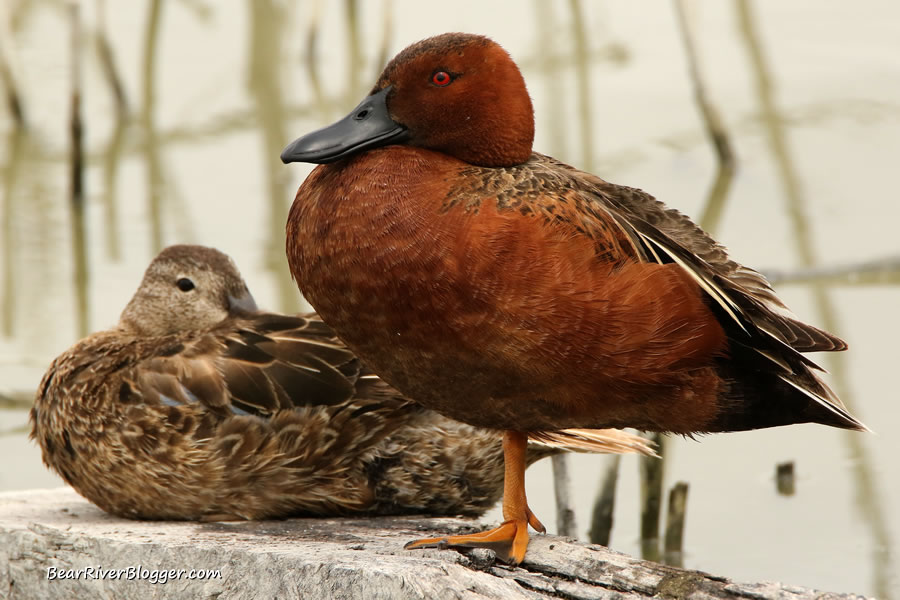Quietly nestled in Box Elder County, Utah, the Bear River Migratory Bird Refuge is nationally known for its offering of unique and oftentimes unforgettable experiences for birders. I know as a bird watcher myself, I have had my fair share of those moments over the years, for sure.
Interestingly enough, I say “quietly nestled” because, as strange as it may seem, many locals here in northern Utah are actually unaware of, or have just never visited, this massive wild bird preserve. It’s a beautiful slice of nature that is literally in our own backyard.
I can honestly say from my own personal experiences on the refuge, comprising of many years of bird watching and photography from countless trips around the auto tour route, this nearly 77,000-acre wild bird sanctuary is certainly something special when it comes to bird watching.
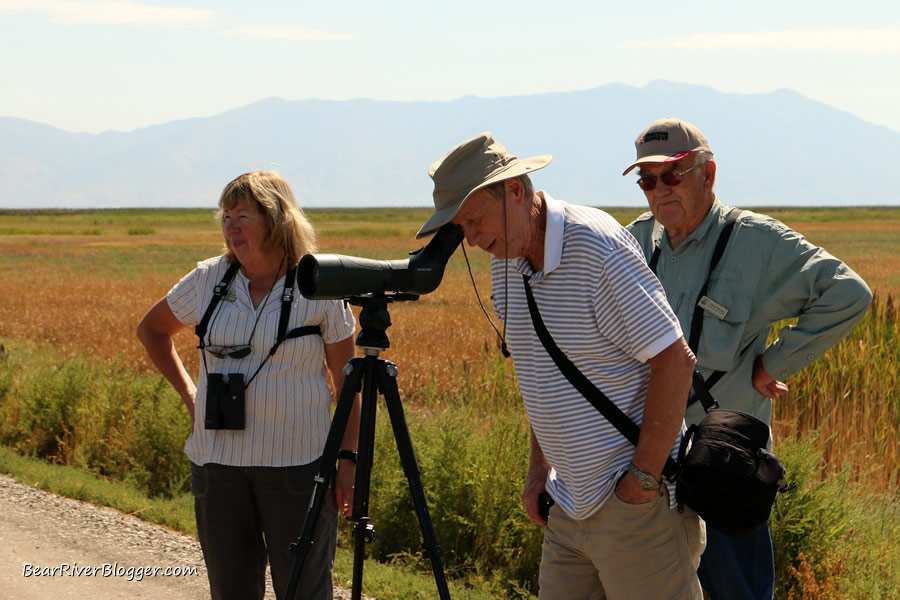
From barn owls to tundra swans, to warblers, to rough-legged hawks, the Bear River Bird Refuge attracts not only an astounding number of birds but also a great variety of our feathered friends, as well.
Let me try and paint you a picture of this, if I may, of just how beneficial the refuge is for birding.
At the time of this writing, birders have recorded 467 species of birds that have been observed somewhere in the state of Utah. And of that number, 264 of those birds have so far been observed on the Bear River Migratory Bird Refuge alone, just by bird watchers posting their findings to ebird. (Current refuge literature actually puts that number at 270.)
And according to current ebird statistics for our state, the refuge is listed 3rd in the rankings of numbers of species observed for birding hotspots in Utah, with Fish Springs National Wildlife Refuge listed at the top.
It is also noted in refuge literature, 75 of those bird species found on the refuge are known to breed on this large nature preserve.
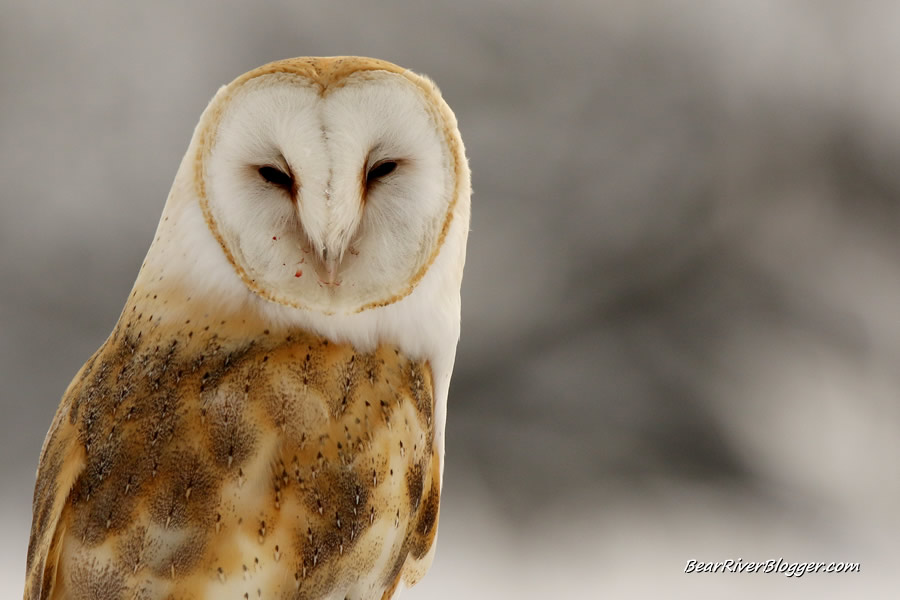
That is an incredible opportunity for some fantastic bird watching, for sure. The great thing about those numbers is the diversity of types of birds that have been seen on the refuge.
Being a wetland, most people only associate the refuge with waterfowl, and for good reason, I might add. Ducks, geese, and swans are indeed quite numerous there.
But if truth be told, there are some very interesting “other species” of birds that have also been spotted on the refuge over the years.
Some of the more unique bird sightings at the Bear River Migratory Bird Refuge from over the years include willow flycatcher, mountain chickadee, blue-gray gnatcatcher, northern mockingbird, pacific loon, horned grebe, trumpeter swan, great horned owl, surf scoter, red knot, whimbrel, American-golden plover, Lapland longspur, chirping sparrow, Virginia’s warbler, mountain bluebird, dunlin, long-eared owl.
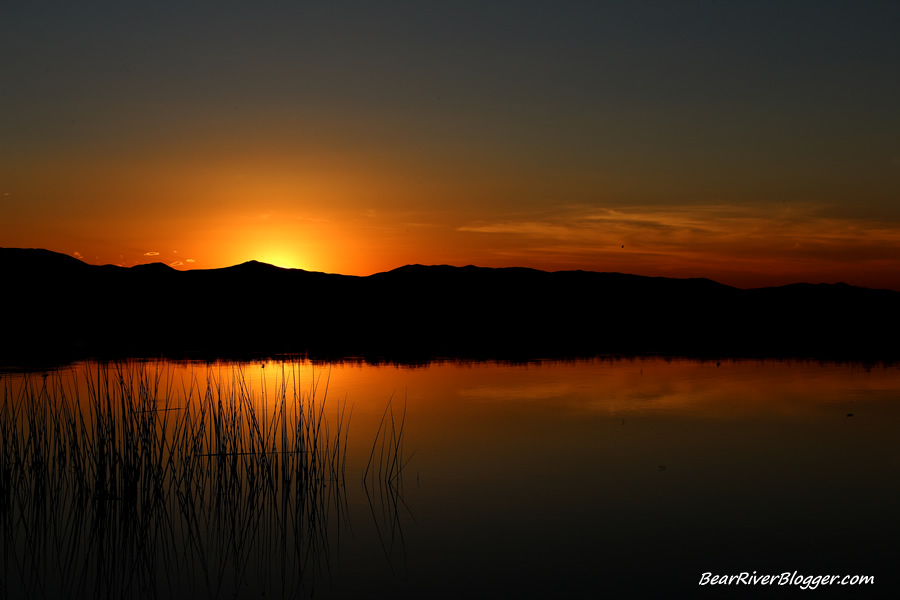
About the refuge
The Bear River Migratory Bird Refuge is managed by the U.S. Fish and Wildlife Service and its main purpose is protecting and supporting migratory and resident birds and their habitats.
Other forms of wildlife, such as deer, toads, and monarch butterflies, as just a few examples, also live on the refuge and do indeed benefit from this large sanctuary being protected and managed for bird habitat.
A portion of the refuge is a wetland type of habitat and other portions of it are a more upland type of habitat. But with this diversity, all in all, the entire refuge is dedicated to a great variety of birds that rely on this unique ecosystem in which they need to live.
In efforts to protect vital bird habitat, a good part of the refuge is closed to public entry, but, nevertheless, there are certainly great opportunities for birding on the refuge even though much of it is off-limits to you and me.
Visitors center
The James V. Hansen Wildlife Education Center is available during their normal business hours for the public to come and learn more about birds on the refuge as well as the adjacent Great Salt Lake ecosystem, which the refuge is an important part of.
This modern visitors center offers interactive displays, educational programs for kids, a gift shop, and knowledgeable staff and volunteers to help educate and inform the public on birds and vital bird habitat.
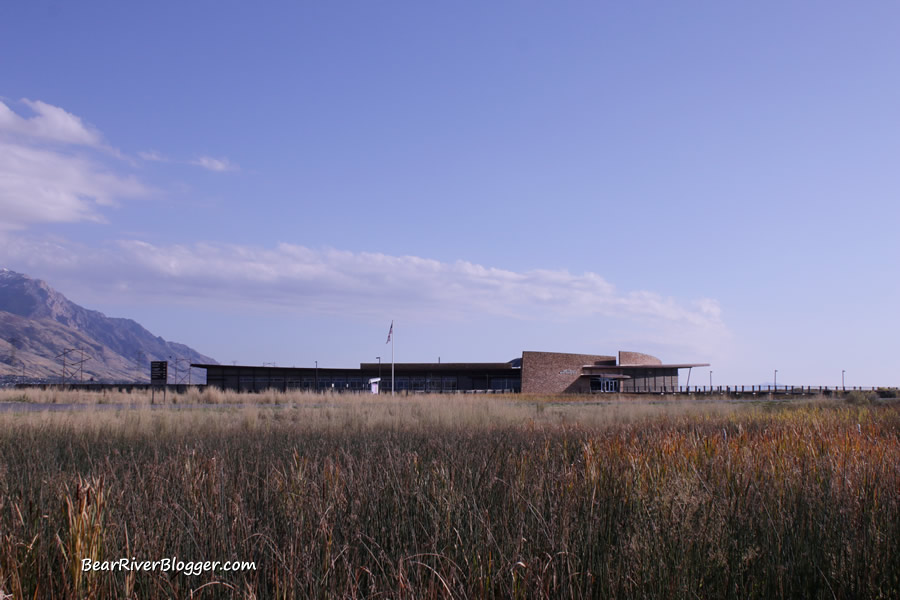
A fascinating and entertaining movie entitled Wings Of Thunder is also available for the public to view. It’s a 27-minute production that, in my own opinion, is masterfully produced and gives a history of the refuge and shows the seasons of wildlife on this vital piece of nature.
For those interested in birding the refuge, a bird sightings board is kept inside the center and is routinely updated with current sightings from volunteers and other birders. Although it’s an informal record, it is still a great way to know what birds are currently being seen on the refuge.
If you have questions about the visitors center, including their current hours of operation, check the Bear River Migratory Bird Refuge’s website for more information. Any trip to the refuge should first start with contacting the Bear River Migratory Bird Refuge.
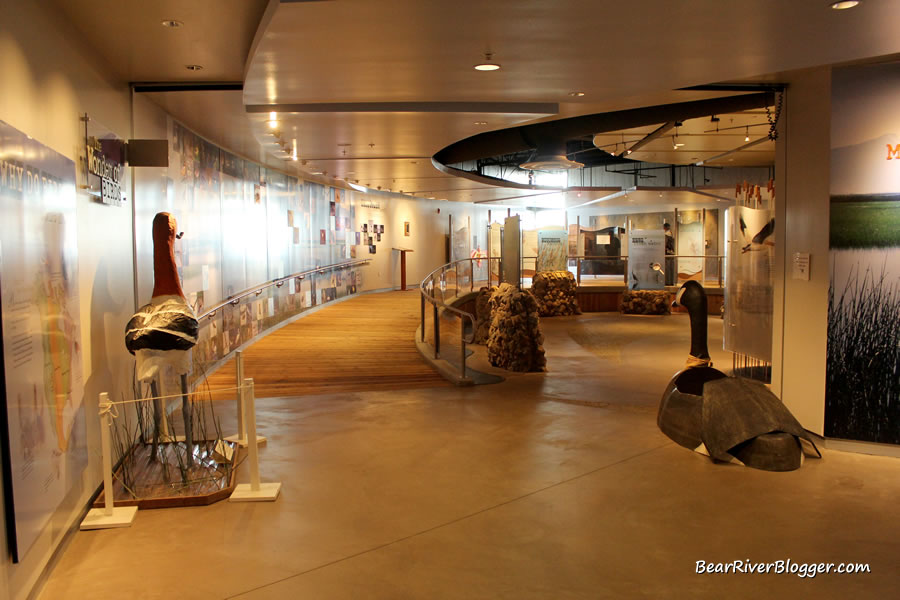
Nature walk
A 1.5-mile nature trail is connected to the visitors center that allows the public to get outside and walk around some of these interesting habitats and to view nature up close and personal. Much of this nature walk has been upgraded with concrete so it can be more easily traversed.
The nature walk starts in the main parking lot just west of the visitors center and ends up on the south side of the building.
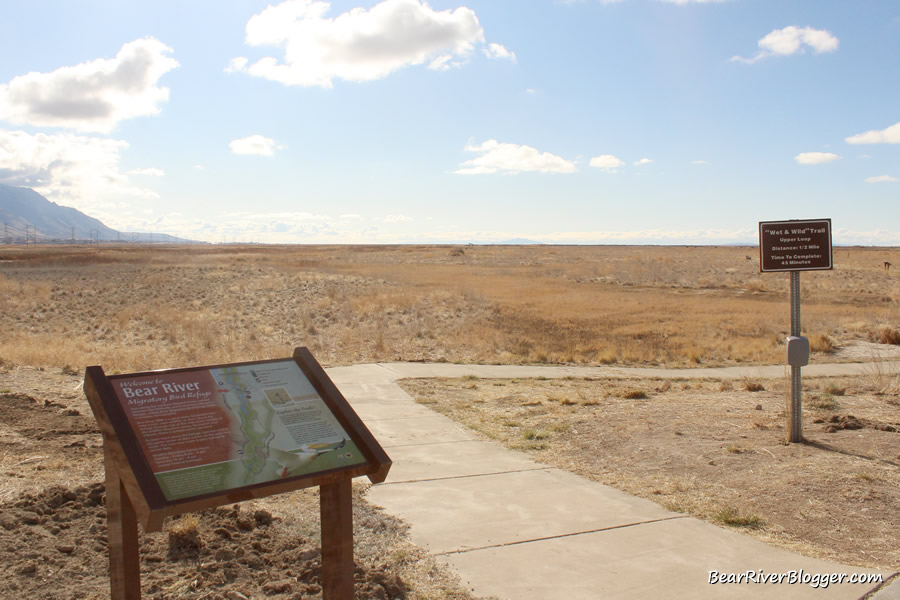
A photography blind is available on the non-concreted primitive portion of the nature walk, and some recent interpretive signs have been added to the main trail, helping inform and educate us about the refuge.
Consult the refuge’s website for more information about the nature trail’s hours of access and to contact the refuge directly with any questions you might have.
Forest Street
Connecting the visitors center to the auto tour route is a county road named Forest Street. This 12-mile paved roadway is another great opportunity for bird watching while visiting the refuge.
As it takes you down to the auto loop, you get to see some upland and playa habitats which attracts quite a number of interesting and sometimes uncommon birds to this area.
As an example, I have personally seen migrating mountain bluebirds on Forest Street, something not commonly seen on the refuge. I have also viewed bald eagles, prairie and peregrine falcons, burrowing owls, long-billed curlews, and snow buntings on this scenic drive.
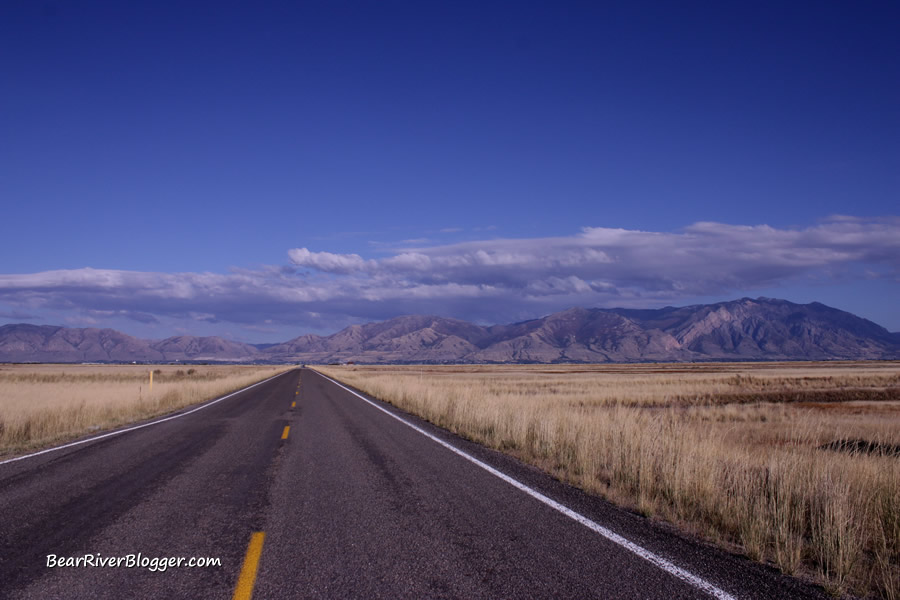
Most recently, a rare sighting of a brown pelican was spotted last summer on the Bear River about halfway down on this drive. For weeks, this most unusual visitor was seen diving for fish and casually gliding up and down this vital waterway.
Many people overlook the Forest Street portion of the refuge, but in all fairness, it offers some great bird watching throughout the year for those willing to keep their eyes open and watch along the roadway.
Auto tour route
Possibly the greatest asset the refuge has for its visitors is the 12-mile self-guided auto tour route. This winding gravel road takes you right through some of the refuge’s very productive wetland habitats, giving the visitor an incredible opportunity to see much of the avian wildlife in a very real and natural setting.
The auto loop is open year-round from sunrise to sunset, weather permitting, of course. It is a one-way circle that takes you around some of the best places on the refuge to view birds.
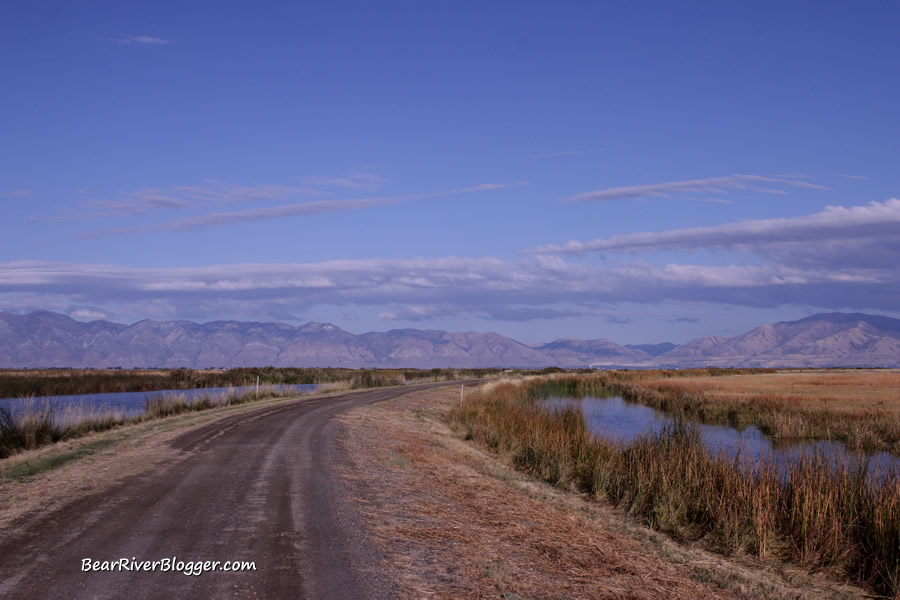
I spend countless hours each year driving this road, watching and photographing the hundreds of species of birds that live on or migrate through the refuge. It is my most favorite part of the bird refuge, without any question whatsoever.
In the many years I have been coming to the refuge, I have only seen the auto tour loop closed down due to severe weather conditions a couple of times. But it is always a good idea to contact the refuge for any possible closures before taking a trip to the auto tour route.
Directions
Getting to the Bear River Migratory Bird Refuge is easy. The refuge visitors center is right off Interstate 15 at exit 363 in Brigham City, Utah, and is located on the west side of the highway. It’s so close, you can actually see the visitors center just a ¼ mile west of the off-ramp.
For those not familiar with the area, it’s about an hour north of Salt Lake City.
Bear River Migratory Bird Refuge bird list
For those wanting to keep a record of their bird sightings on the Bear River Migratory Bird Refuge, you can download and print a bird checklist specifically for the refuge.
The bird list includes all of the species of birds seen on the refuge and the times of the year they can commonly be found, as well as which ones are more common and which ones are rarer for this area.
Ebird for the refuge
If you are tech-savvy and like to use the modern conveniences of the internet, the Bear River Migratory Bird Refuge has an ebird listing where you can post your bird sightings and also see what birds other birders are seeing there, as well.
Some of my bird sightings on the Bear River Migratory Bird Refuge

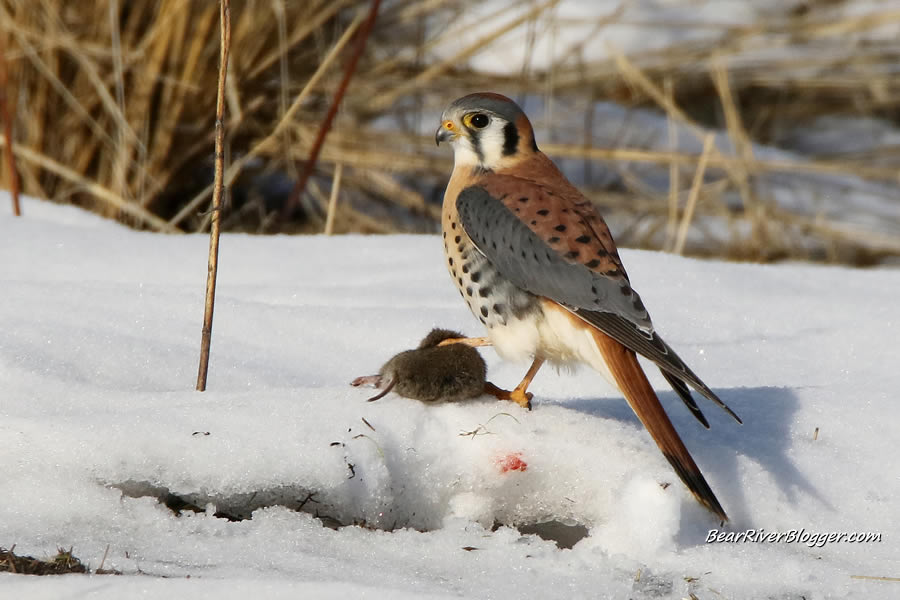
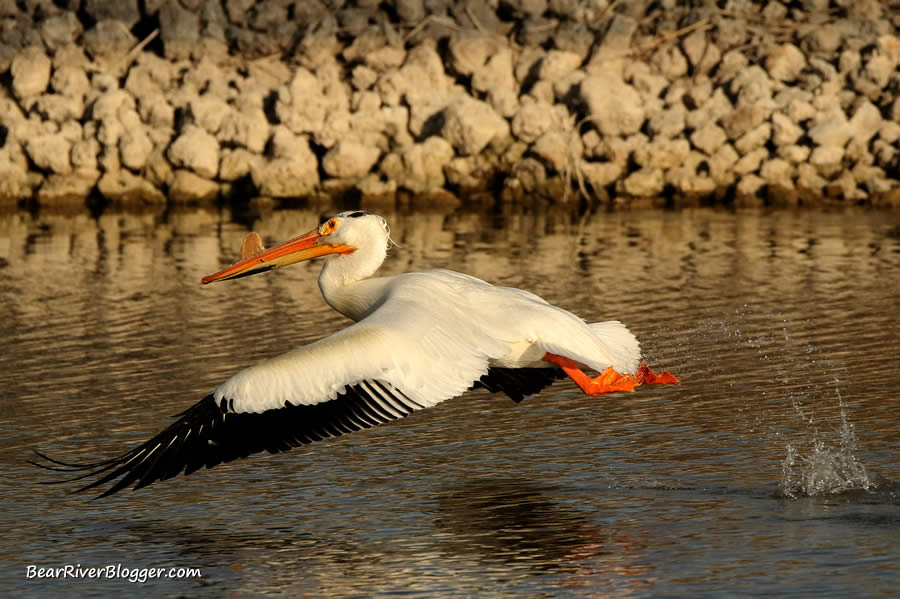

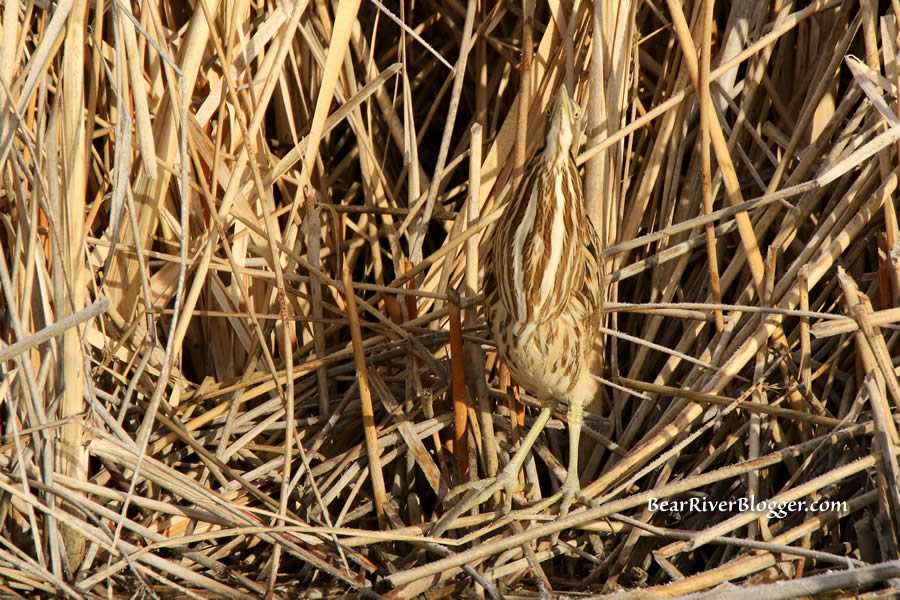
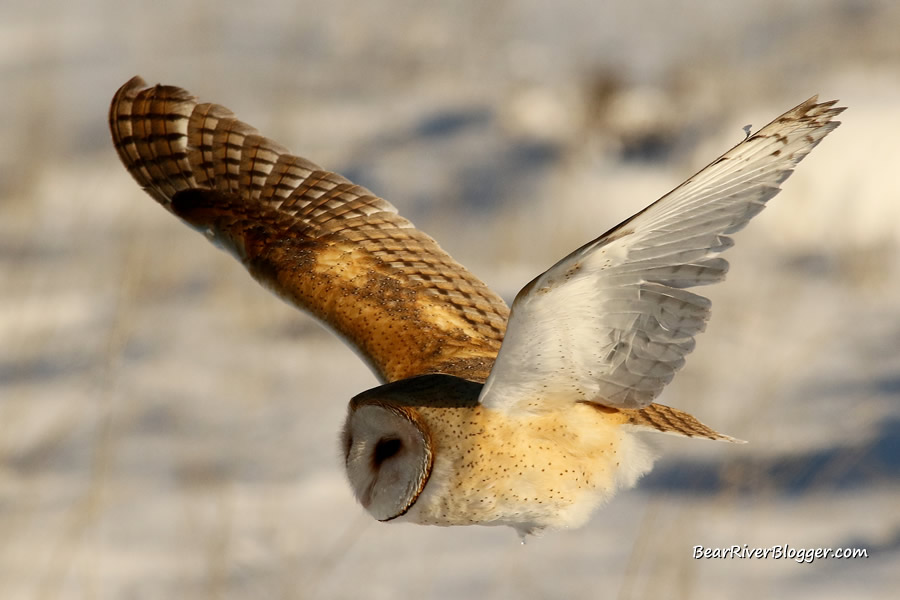
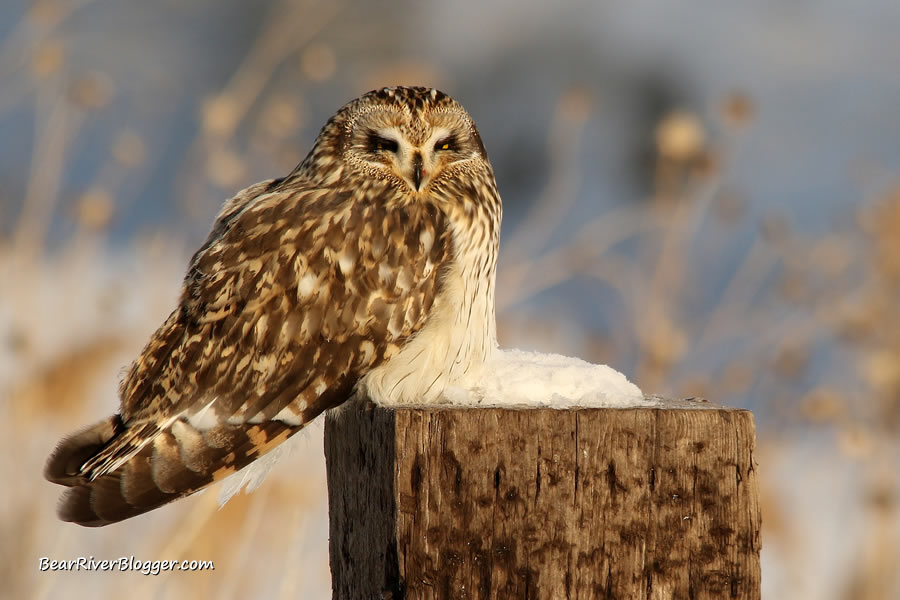
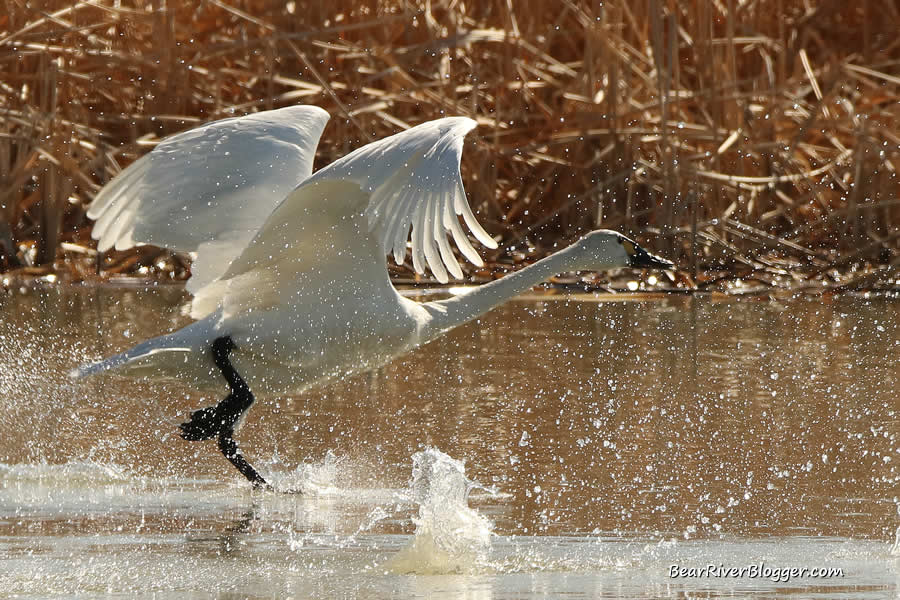


Conclusion
It’s no secret I am a big fan of the Bear River Migratory Bird Refuge. I have been coming to it for years and, in fact, I will continue to do so for as long as I am able.
Being a birder myself, there are very few spots I would rather be when I get the urge to watch and photograph birds.
The refuge attracts an incredible number of birds each year, as well as a large number of different species of birds, all of which rely on the wetland and upland habitats that the refuge manages and protects.
The visitors center, nature walk, Forest Street, and auto tour route all offer great opportunities to learn about, see and/or photograph birds. For me, at least, nothing beats a good day of bird watching, and I certainly do plenty of it on the refuge each month.
In fact, it’s actually time for a break from all of this writing, and, as such, I am headed to the auto tour route for a bit to see if the rough-legged hawks have arrived yet.
In closing, let me say a good day of birding is certainly better than a good day of work. The only exception to this rule is when birding is your day at work. See you on the next post.
Subscribe to our blog
We appreciate your readership and suggest if you like this blog to head over to our subscription page and sign up for email notifications for future blog posts.
Bird Watching Apparel
If you’re looking for birding related gifts and apparel for someone, take a look at our online store featuring some of our own photographs turned into unique gifts.

As a reader of our blog, we offer you 20% off all products on our store by using the coupon code save20 during checkout.
Visit our Bird Shirts and More online store to check out our products. New products are constantly being added so check back often.

